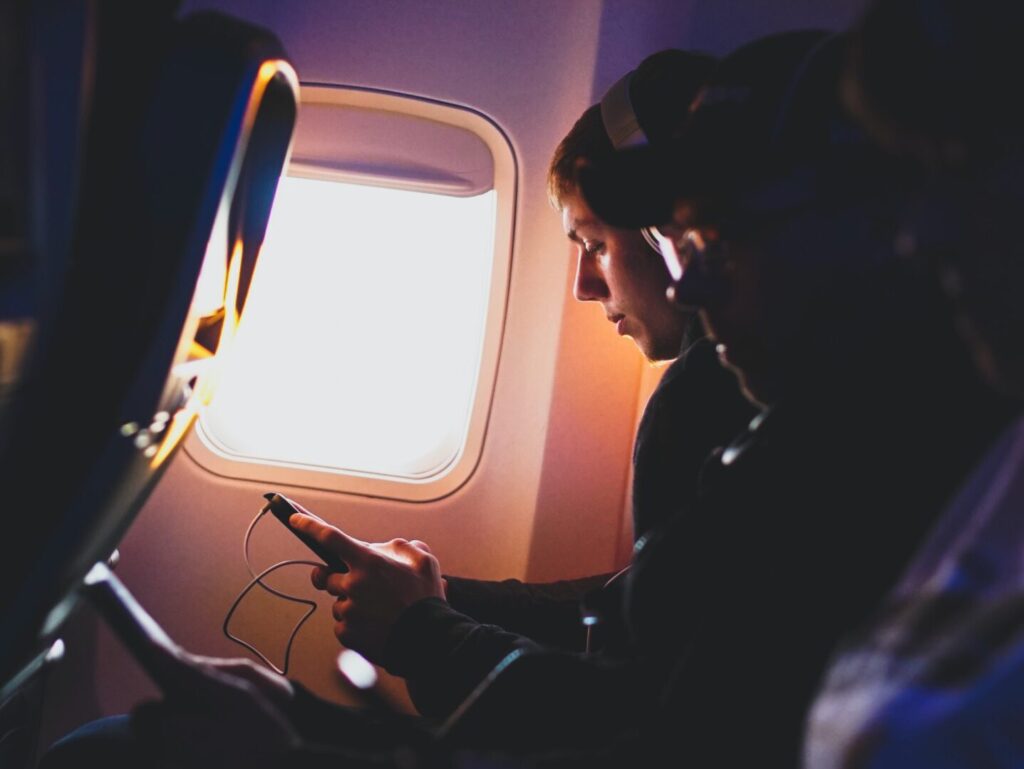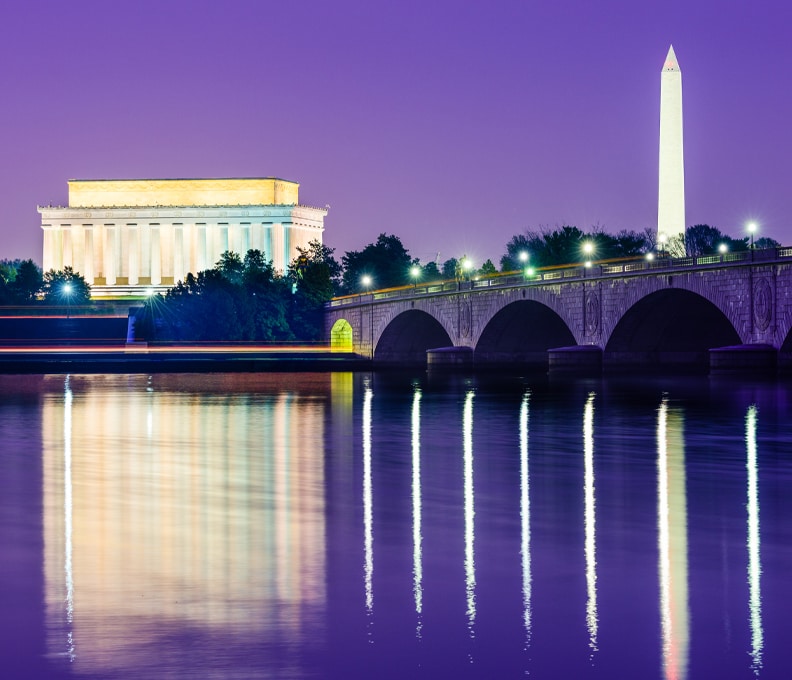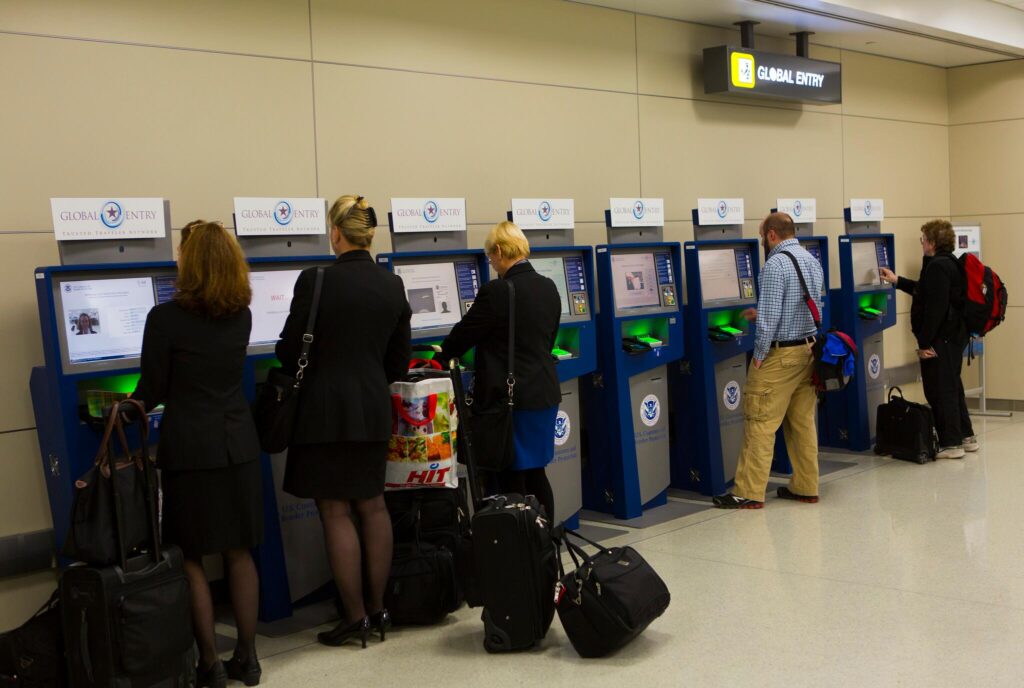[ad_1]
According to a new report, the United States travel industry, worth $1.2 trillion, is recovering more slowly from the pandemic shutdown than other countries due to years of underinvestment and lack of government focus. The report ranks the U.S. 17th out of 18 major international destinations, which is a discouraging sign for the industry.
In 2023, the U.S. welcomed 67 million international visitors, just 84% of 2019—far lower than rivals’ recovery rates. The nation’s share of long-haul travel also declined, from 5.4% in 2019 to 5.3% last year, the study warned
The report, commissioned by the trade group the U.S. Travel Association and produced by Euromonitor International, examined the travel industries of top global destinations, including Canada, the United Kingdom, France, Italy, Spain, China, Turkey, and Saudi Arabia.

Photo: Courtesy of Daniel McCullough / Unsplash
Each market was scored on four metrics: government leadership on travel, brand, and perception abroad, security and bureaucracy for international visitors, and travel connectivity.
Second-to-last Market
The U.S. came 17th out of 18 markets. It beat only China, where borders re-opened more slowly following the pandemic and international flight schedules remain thin. The top performers were the United Kingdom and France, heritage destinations with established tourism industries.
But the U.S. was also outscored by emerging markets. Turkey ranked third despite political tensions and the recent devastating earthquake. In Saudi Arabia, massive state investment has catapulted a fledgling tourist industry to number 13.
“This should be a wake-up call,” Geoff Freeman, chief executive officer of U.S. Travel, said. “To see the U.S. ranked 17 in a list of 18 top travel markets is eye-opening, stunning, disheartening.”
“It’s the type of thing that should force people on Capitol Hill to ask some very important questions,” he said.
The report suggests that lack of attention to the travel industry in Washington D.C. is one of the causes of the decline. It ranked the U.S. last for government leadership on travel issues.

Photo: Washington, D.C. from across the Potomac River / Photo: Sean Pavone/Shutterstock
While competitors have dedicated ministers of tourism, the U.S. has a position for an Assistant Secretary of Commerce for Travel and Tourism—a role left empty and unfunded by Congress. The U.S. also lacks a national strategy to boost tourism, such as neighbor Canada, which was launched in 2019.
However, the U.S. did score highly for the government’s promotion of tourism, largely through the success of Brand USA, a public-private partnership established by Congress in 2010 to advertise the U.S. to international travelers.
In general, the U.S. ranked well for its brand and perception overseas. It’s the most sought-after destination for international tourists, although it drew only the third most visitors, after Spain and France. However, America ranked low on safety metrics, including the prevalence of violence and crime, denting its ability to draw in safety-conscious tourists.
Travelers are also put off by strict visa policies. The United States currently only permits visitors from 42 countries to travel without visas, a fraction of the 102 countries from which the U.K. allows visa-free travel.

Photo: Courtesy of CBP.gov
Tourists from other countries face lengthy waits for visas. The waiting times for visa interviews currently average 400 days. The report estimates that cutting these processing times could bring 2.4 million more visitors to the U.S. in 2024. If the U.S. fails to expedite visa processing times, it could miss out on 39 million visitors and $150 billion in spending over the next decade.
The long waits continue at U.S. ports of entry. Just a third (36%) of international airports in the U.S. have biometric entry and exit systems, although most Americans are comfortable with biometric screening. Customs and Border Protection staff continue to manually process most arrivals amid deep staffing shortages.
Tourist Processing Woes
U.S. airports have to turn down new international routes without adequate Customs and Border Protection staff. That’s costly: any time a new daily international flight can’t be accommodated, the U.S. economy misses out on up to $227 million annually.
The U.S. has also been slow to adopt new technologies at security checkpoints, including upgraded screening machines that make liquid bans on flights obsolete. Onerous security screenings deter domestic travelers from making up to three million trips within the U.S. each year, which costs the economy $7.4 billion.

Photo: Courtesy of Denver International Airport.
Despite these challenges, the U.S. was named the best market for air connectivity, positioned as a major hub for direct and connecting flights. However, failure to make essential investments and adjust visa requirements means the U.S. could squander these advantages and lose out on more tourists and their money in the future.
“U.S. officials cannot ignore the bold, decisive steps other nations are taking to advance and modernize their travel economies,” said Freeman. “The United States should aspire to lead the way into a new era of seamless and secure travel and capitalize on the many opportunities to grow this critical sector.”
[ad_2]
Source link
